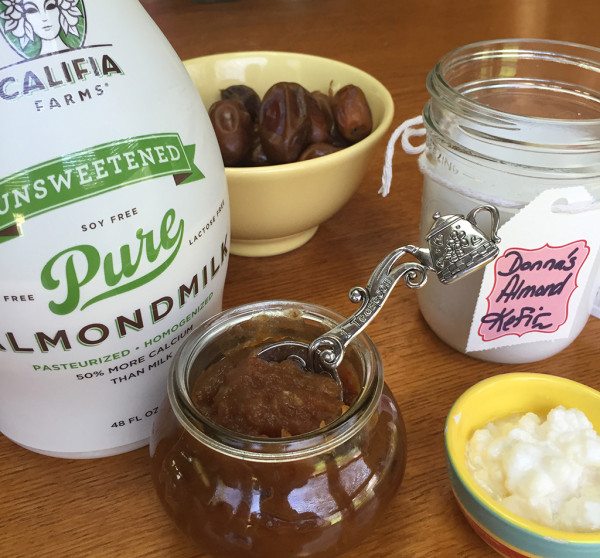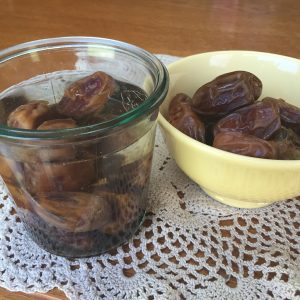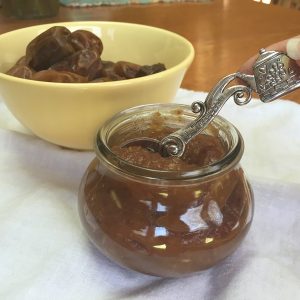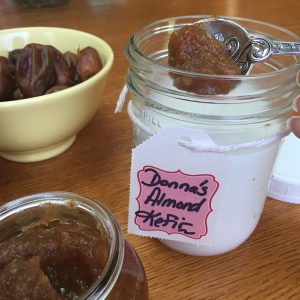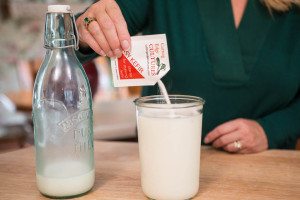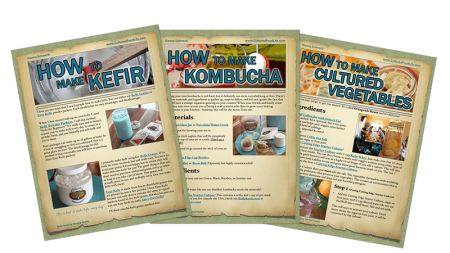
Non-Dairy Kefir Wants a Date
Making Non-Dairy Kefir
Kefir Grains
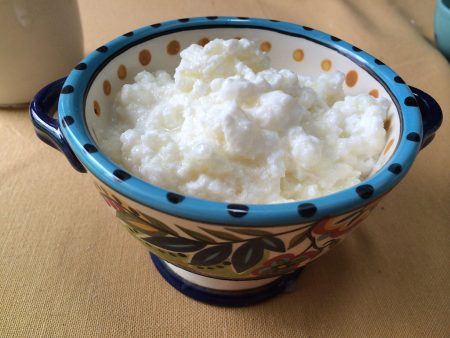
The powerful microbes in the kefir eat the sugar out of the milk it makes it into probiotics - just for you! So, when you drink a glass of kefir, know that it contains only 1 or 2 grams of sugar and this is what makes it tart or sour. The sugar is mostly gone.
This presents a problem for those who want to make non-dairy kefir. Milk sugars are needed to keep the grains alive, and non-dairy milks such as coconut, almond, sesame seed, walnut, and cashew don't have these sugars. This also results in lower benefits since there is less sugar to convert into probiotics. The grains don't last in these non-dairy milks because their food source is mostly gone, but I have found an alternative solution because I cannot stand for my kefir grains to die in any regards.
Keep Your Kefir Grains Alive
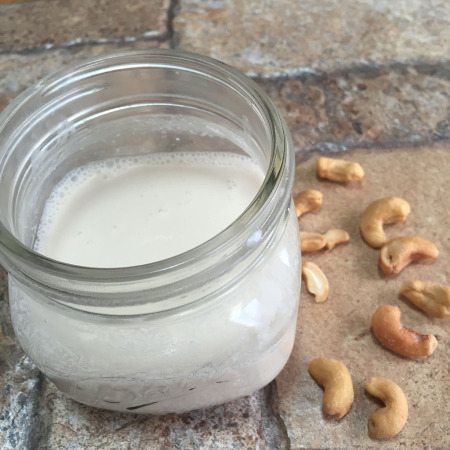
Dates And Kefir
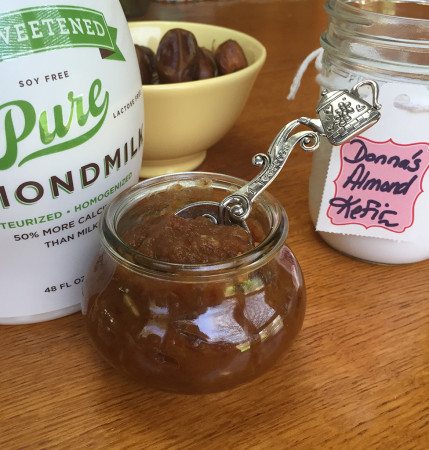
 Easy Kefir
Easy Kefir
We have an exciting new product called Easy Kefir. It's made from freeze-drying kefir grains and making them into a powder. It works wonderfully well with non-diary milk but the same rule applies, you must give them a source of sugar if your non-dairy milk has under eight grams of sugar or carbohydrates. One teaspoon of date paste or raw sugar per four cups of non-dairy milk will do the trick and help you kefir be full of probiotics.
Here's How To Make Date Paste!
Date Paste for Non-Dairy Kefir
Ingredients
Date Paste
- 12 whole dates - pitted
- ½ cup Water spring or filtered with minerals - enough to cover the dates
Non-Dairy Kefir using Live Kefir Grains
- 2 tablespoons Live Kefir Grains
- 1 quart nut milk - Unsweetened. (Can be milk from coconuts, walnuts, almonds, sesame seeds, etc.)
- 1 teaspoon date paste
Non-Dairy Kefir using Easy Kefir powder packets
- 1 packet Easy Kefir
- 1 quart nut milk - Unsweetened. (Can be milk from coconuts, walnuts, almonds, sesame seeds, etc.)
- 1 teaspoon Date Paste
Every ingredient with a link was selected by me to make it easier for you. I may receive a small affiliate commission if you buy something through my links. Thank you! ❤️
Instructions
Date Paste
- When the dates are soft, drain the dates and reserve the soaking liquid.
- Place the dates in a food processor or blender. Process the dates, adding the soaking liquid, 1 tablespoon at a time until the mixture is smooth, but still thick. This will require ¼ to ½ cup of soaking liquid depending on the type of dates, freshness of the dates, and the length of time they soaked.
Non-Dairy Kefir using Live Kefir Grains
- Add 1 teaspoon of Date Paste to the jar and mix with a spoon. Then add the kefir grains.
- Place a lid on it and let it ferment until tart and sour, 18-24 hours.
- Remove the grains by straining and place in fresh milk with another spoonful of date paste. Repeat to keep your grains alive.
Non-Dairy Kefir using Easy Kefir powder packets
- Add 1 quart of unsweetened nut milk to a glass jar. (It can be coconut, walnut, almond, sesame seed, etc.)
- Add 1 teaspoon of Date Paste to the jar.
- Mix in 1 packet Easy Kefir with a spoon or whisk or until all ingredients are thoroughly combined.
- Place a lid on the jar and let it sit for 18 to 24 hours or until tart or sour tasting.
- Place kefir in the refrigerator or enjoy immediately. It should keep for at least a month although it will continue to get more sour and tart.
- If you would like to make more kefir, take ¼ cup of this mixture and 3¾ cups of fresh non-dairy milk, another teaspoon of date paste, and let it culture again for 18-24 hours or until tart. You can do this many, many times over or until it stops working and making the milk tart. Then you will need a new Easy Kefir package.
Storing your Kefir
- If you making your kefir using kefir grains, you can place your grains in the same amount of non-dairy milk you would use to make your kefir. Add the Date Paste and then place in your refrigerator. Refresh once a week with new milk and Date pPaste to give them something to eat and keep them alive. Remember that you need to do this at least once a week.
Notes
Are you on the list?
Sign up today and I'll send you my free Getting Started Guide!
Each week I'll send you updates, tips, recipes, and more! You might even be a winner of my weekly giveaway! (starter cultures, memberships, and more!)
Come be a part of my cultured food family!

